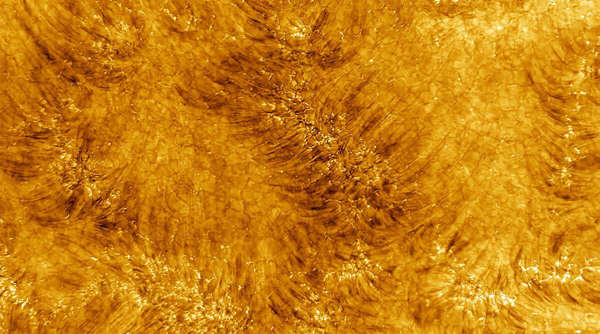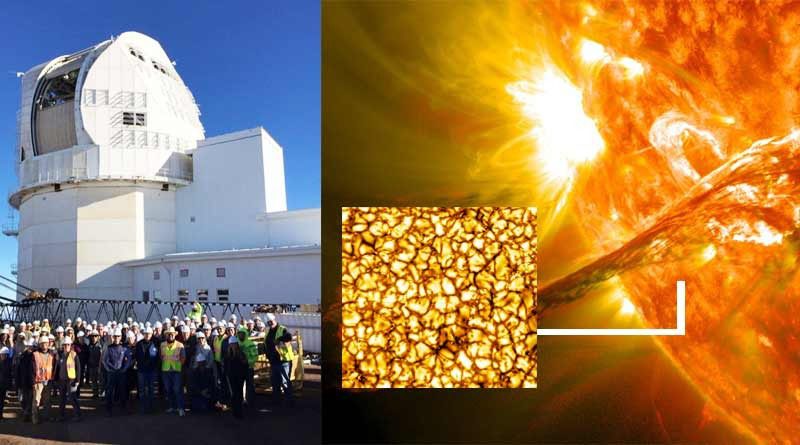Inouye Telescope shows the sun as we have never seen it before
The US National Science Foundation’s (NSF) new Daniel K Inouye Solar at Haleakala Observatory on the Hawaiian island of Maui has been in operation for nearly a year. However, the telescope has already proven its worth by capturing an exquisitely detailed image of the Sun. Let’s get started and learn more about it!
About Inouye Telescope
The Daniel K. Inouye Solar Telescope (DKIST) is a solar research facility located at Haleakala Observatory on the Hawaiian island of Maui. With a 4-meter aperture, it is the world’s largest solar telescope. It has a 4.24-meter primary mirror in an off-axis Gregorian configuration that provides a 4-meter clear, unobstructed aperture and can observe the sun in visible to near-infrared wavelengths.
About Inouye Telescope’s Image
According to the NSF, the Inouye Solar Telescope is the world’s most powerful solar telescope. The telescope’s image of the Sun’s chromosphere has a resolution of 18 kilometres and covers an area of 82,500 kilometres across. The chromosphere is the second of the Sun’s three main layers of the atmosphere. It lies above the photosphere and beneath the solar transition region and corona.
NSF Director, Sethuraman Panchanathan said NSF’s Inouye Solar Telescope is the world’s most powerful solar telescope that will forever change the way we explore and understand our sun. Its insights will transform how our nation, and the planet, predict and prepare for events like solar storms.”

According to Science Alert, what appears to be shag carpet threads in the image are actually fiery plasma flowing into the sun’s corona. The blobs of matter are granules and span approximately 1,600 kilometres.
The Sun’s chromosphere is normally invisible and can only be seen during a total solar eclipse as a red rim around the eclipsed star. However, advances in imaging technology have changed this. According to the National Science Foundation, the Inouye Solar Telescope will help scientists understand more about the Sun, its magnetic behaviour, and its influence on our planet during its planned 50-year journey.
Liked this post? Don’t forget to check out our other short stories in our Quick Read section

